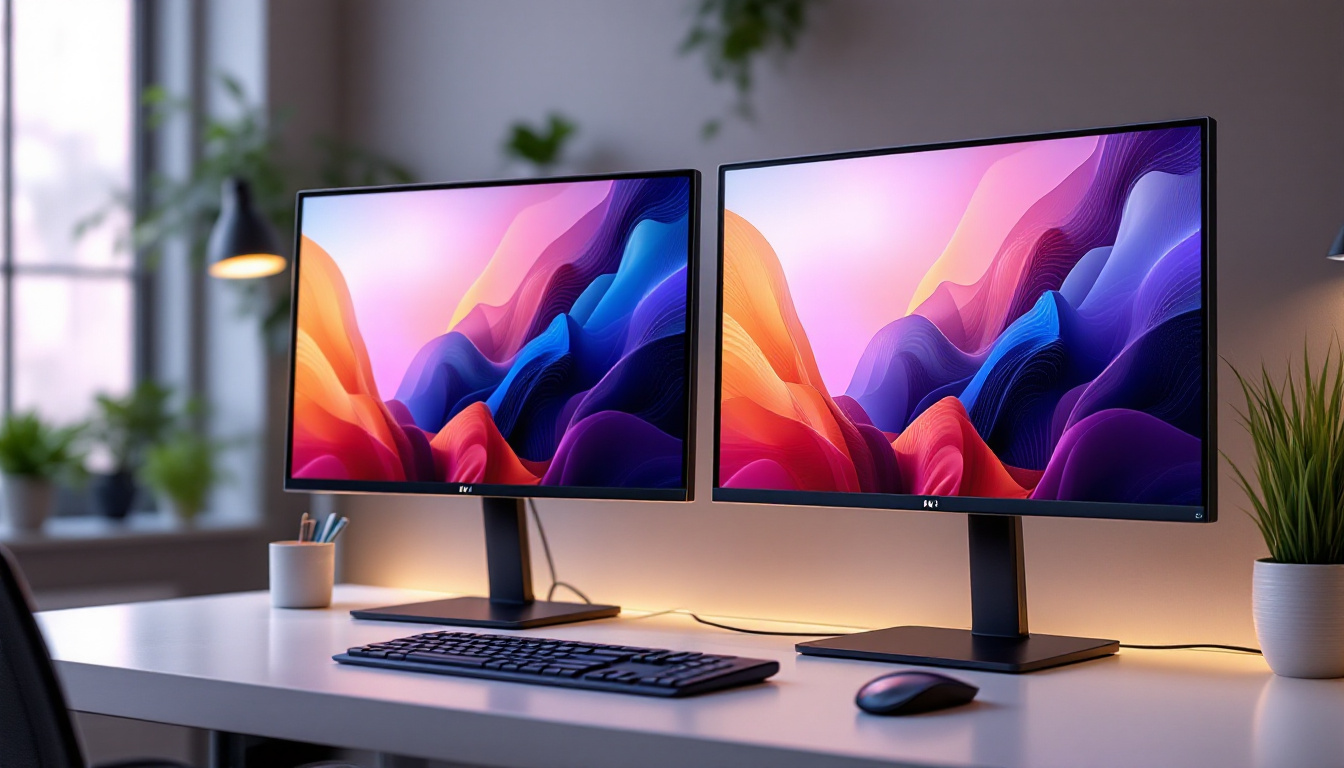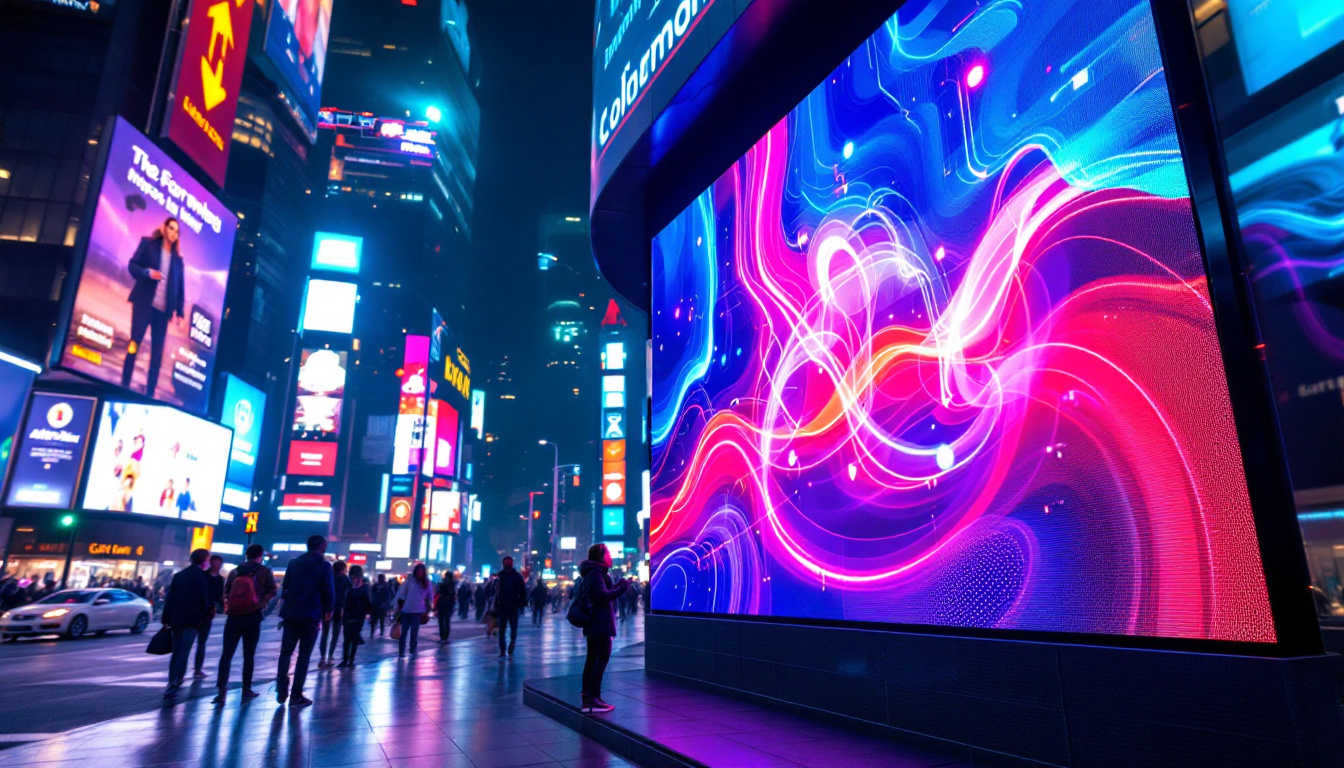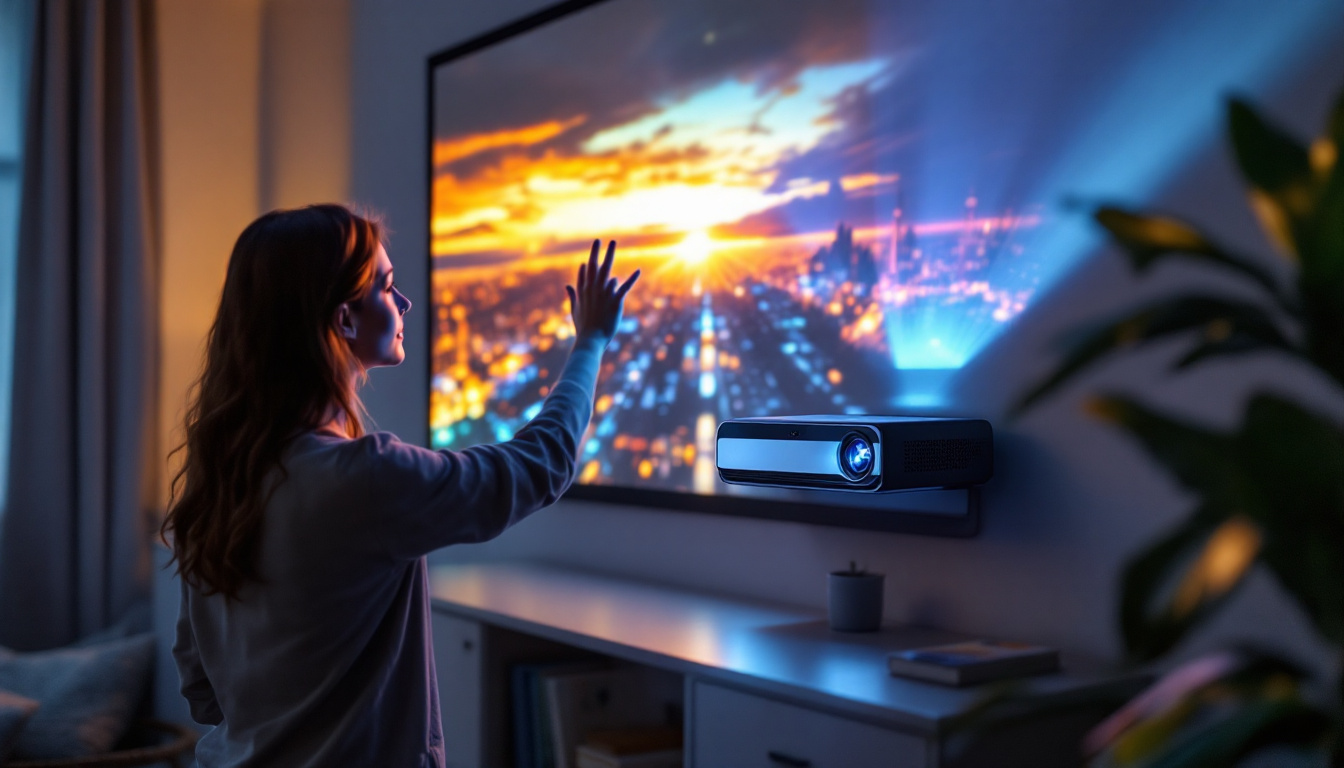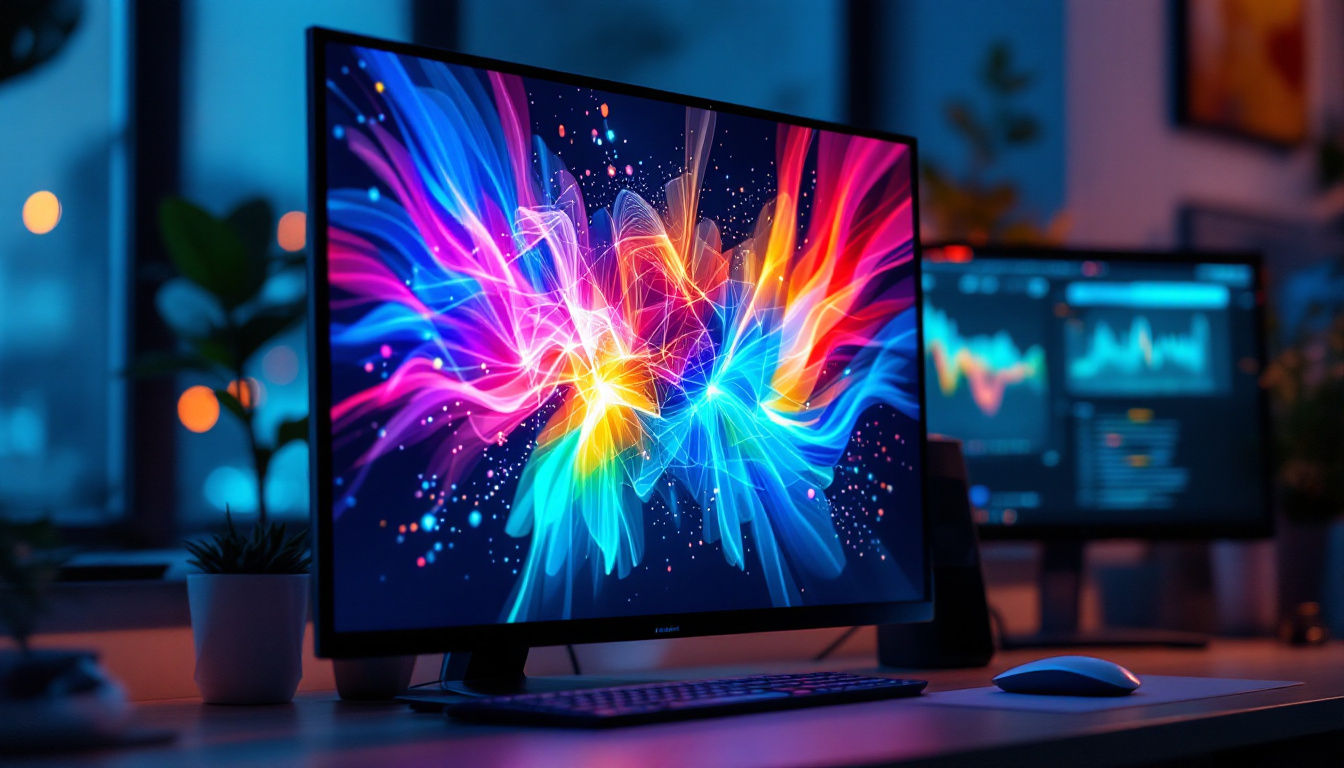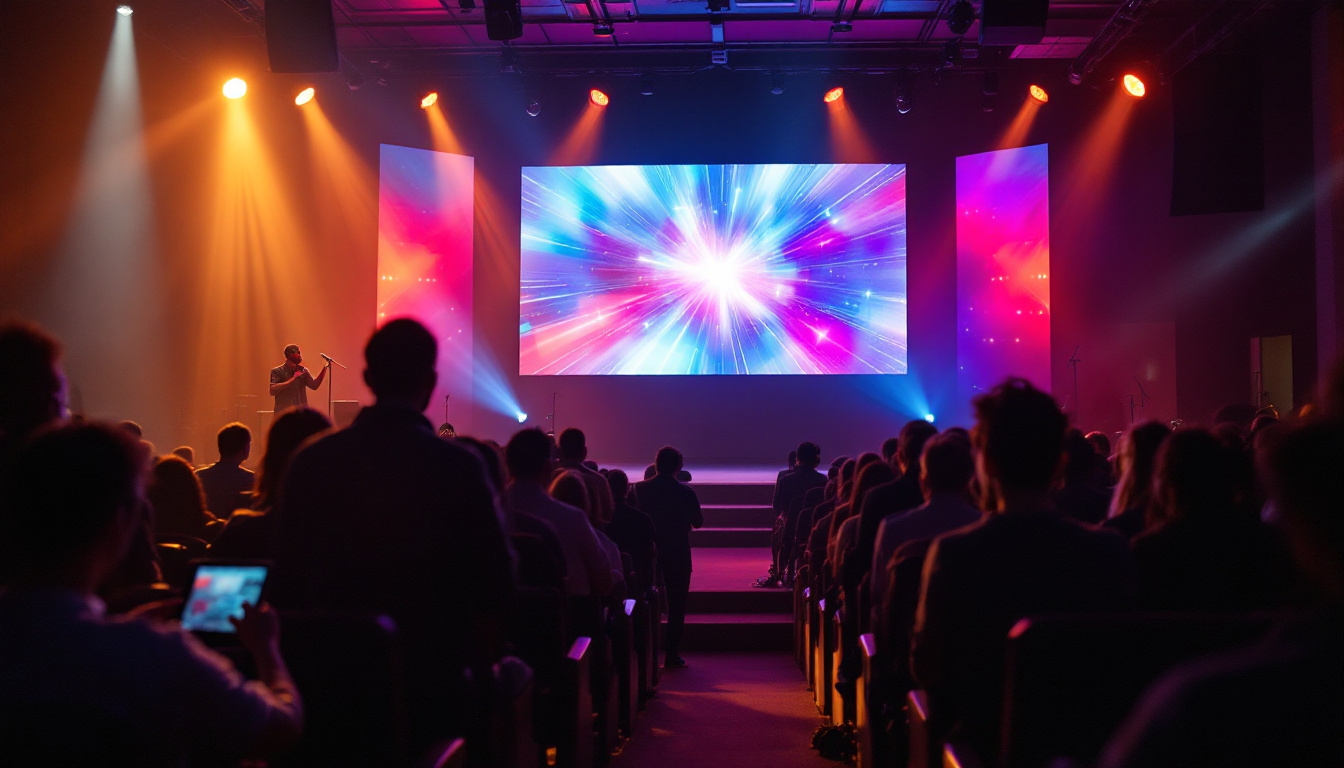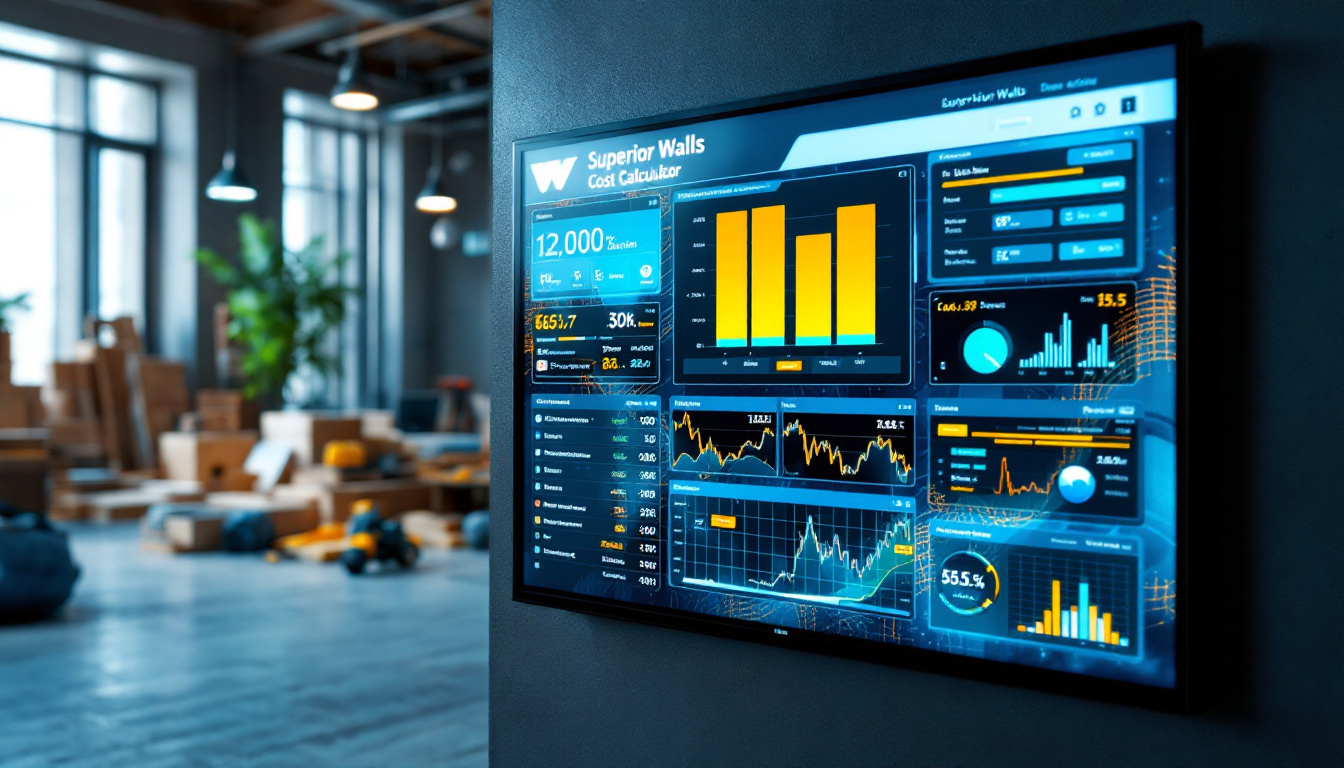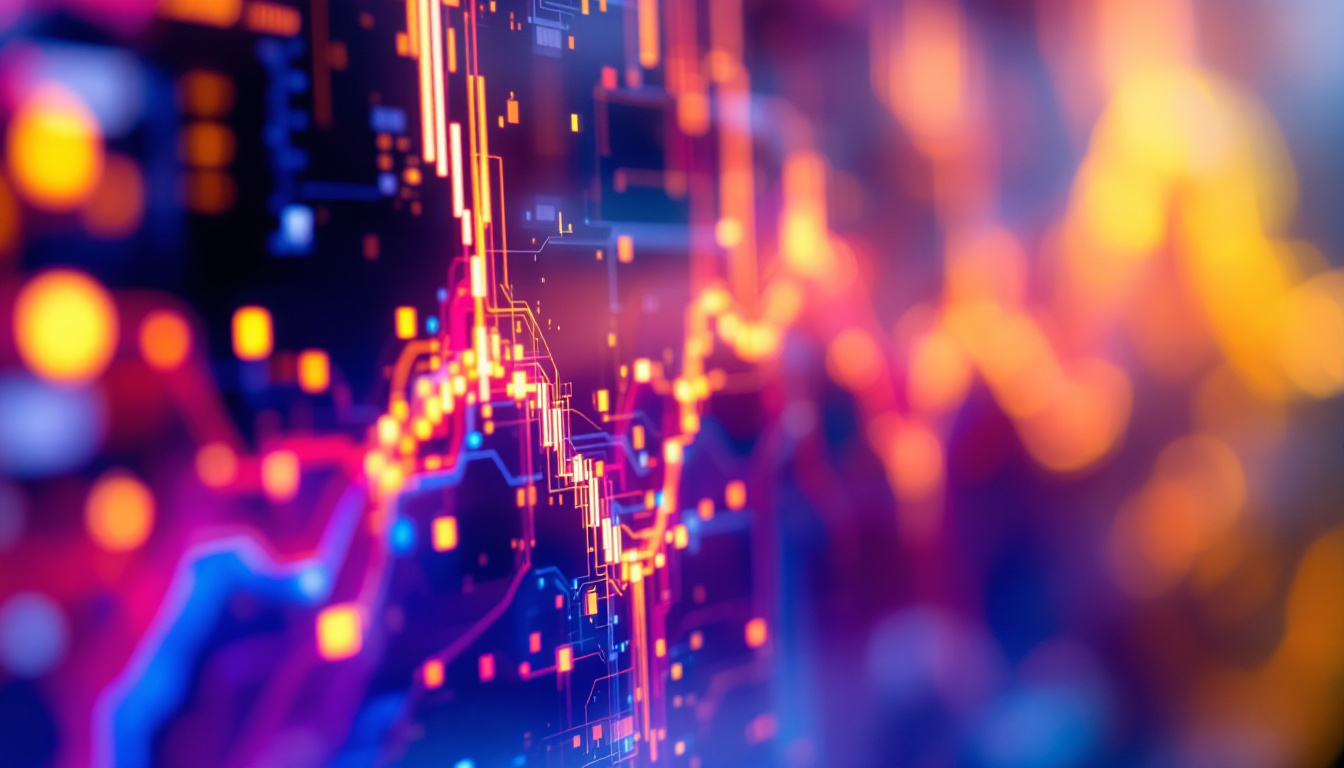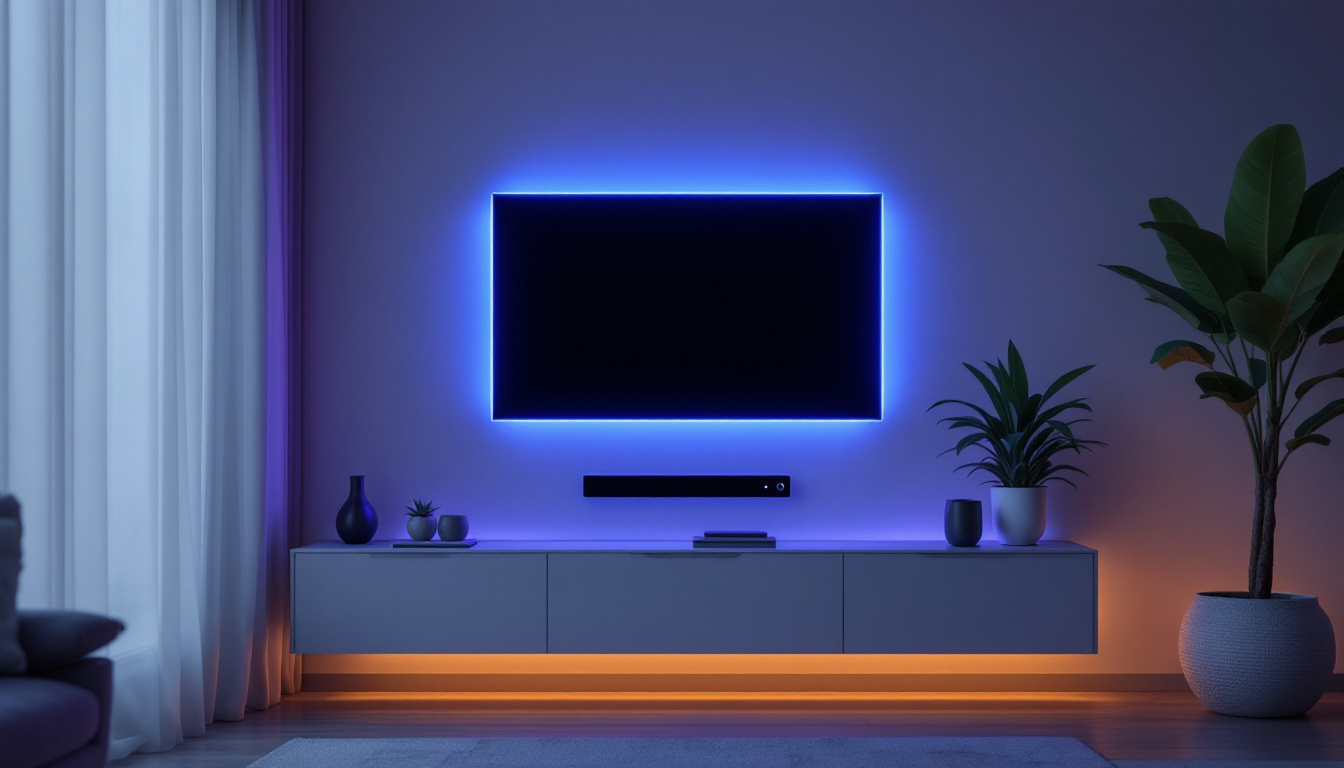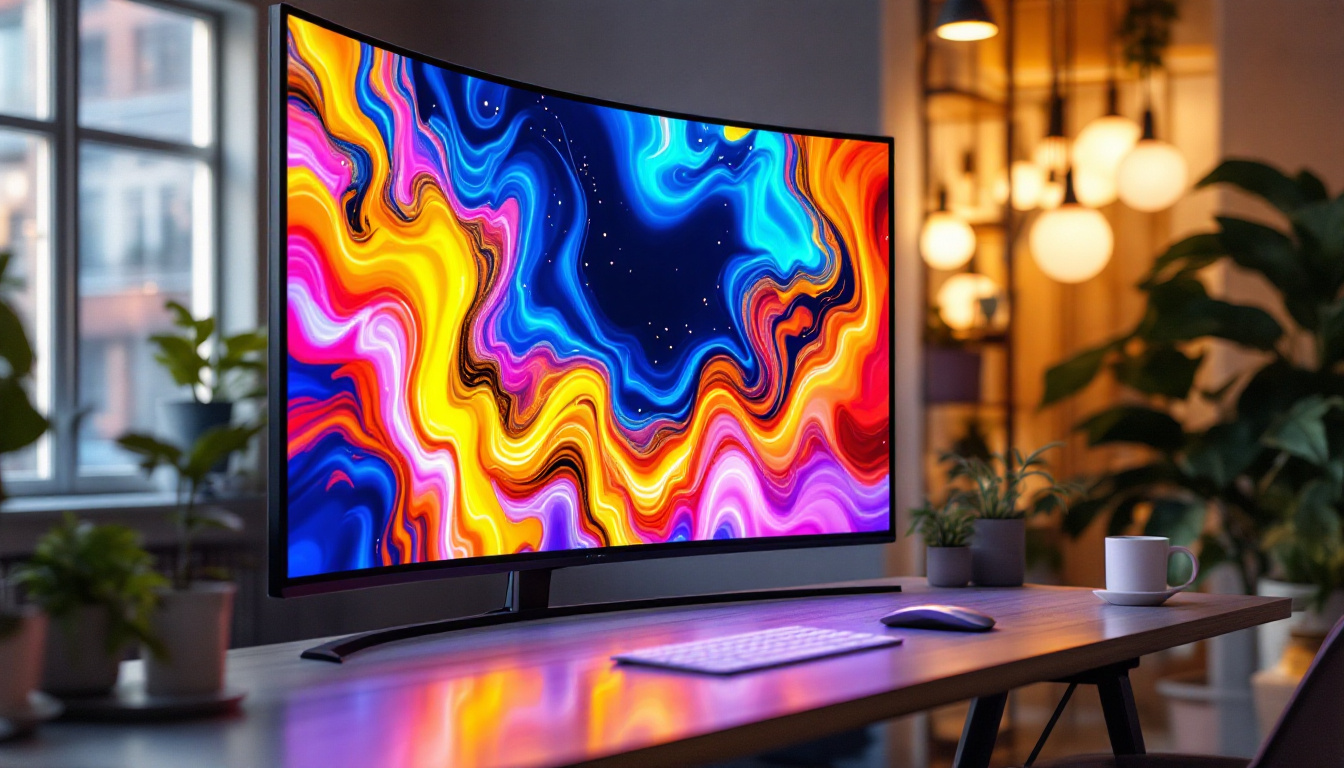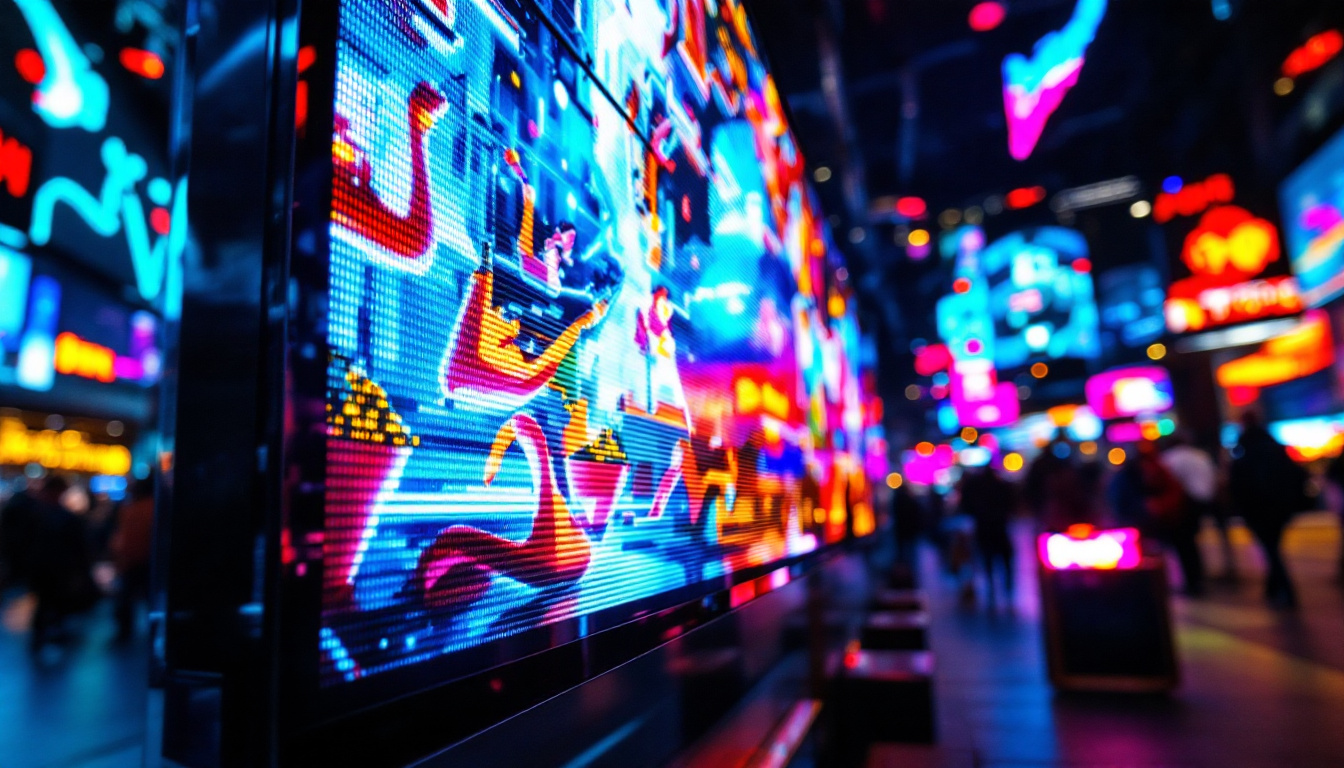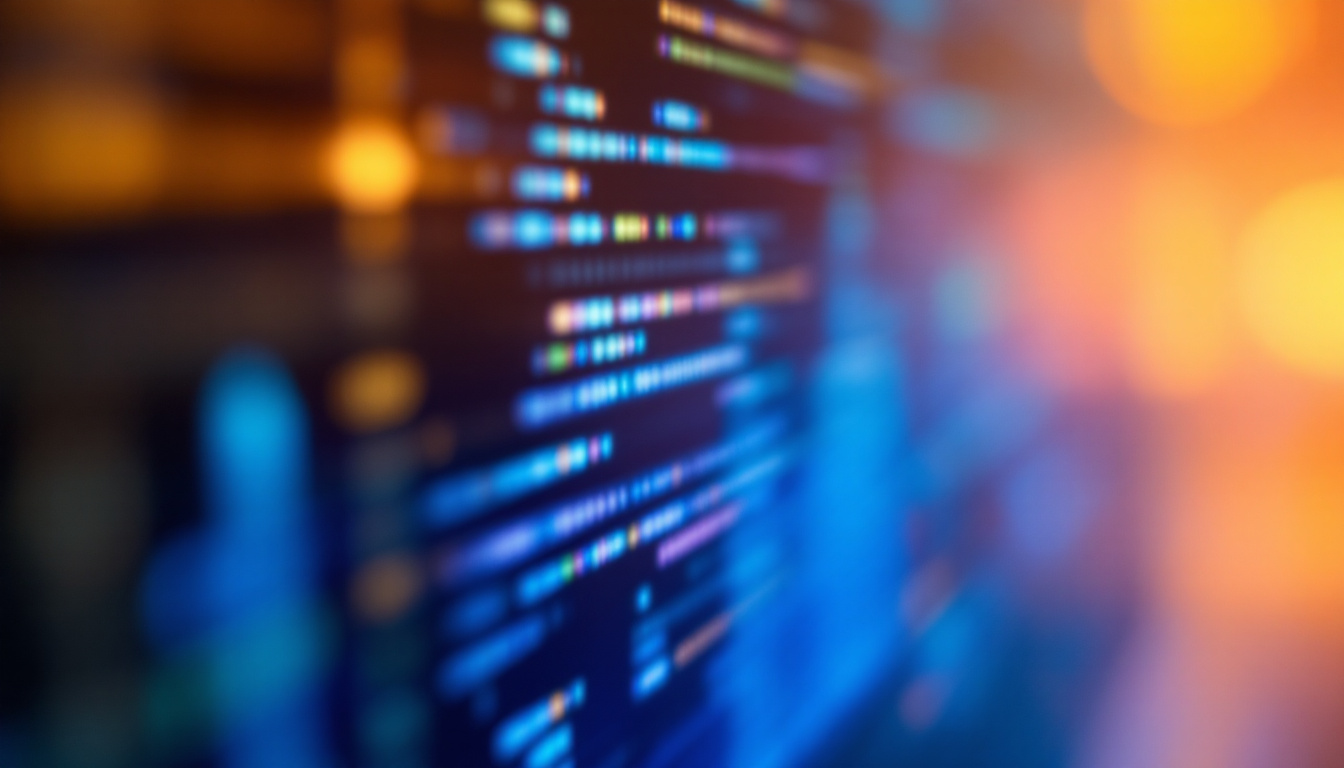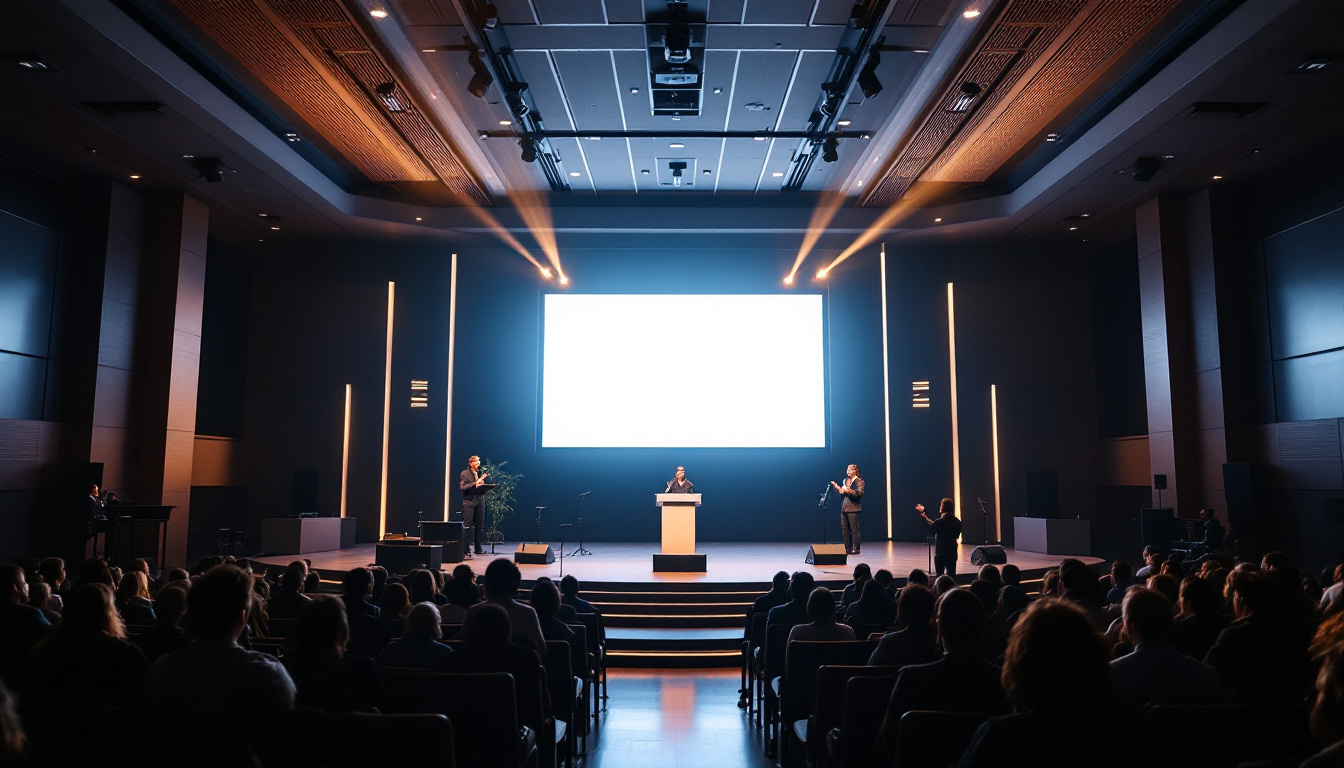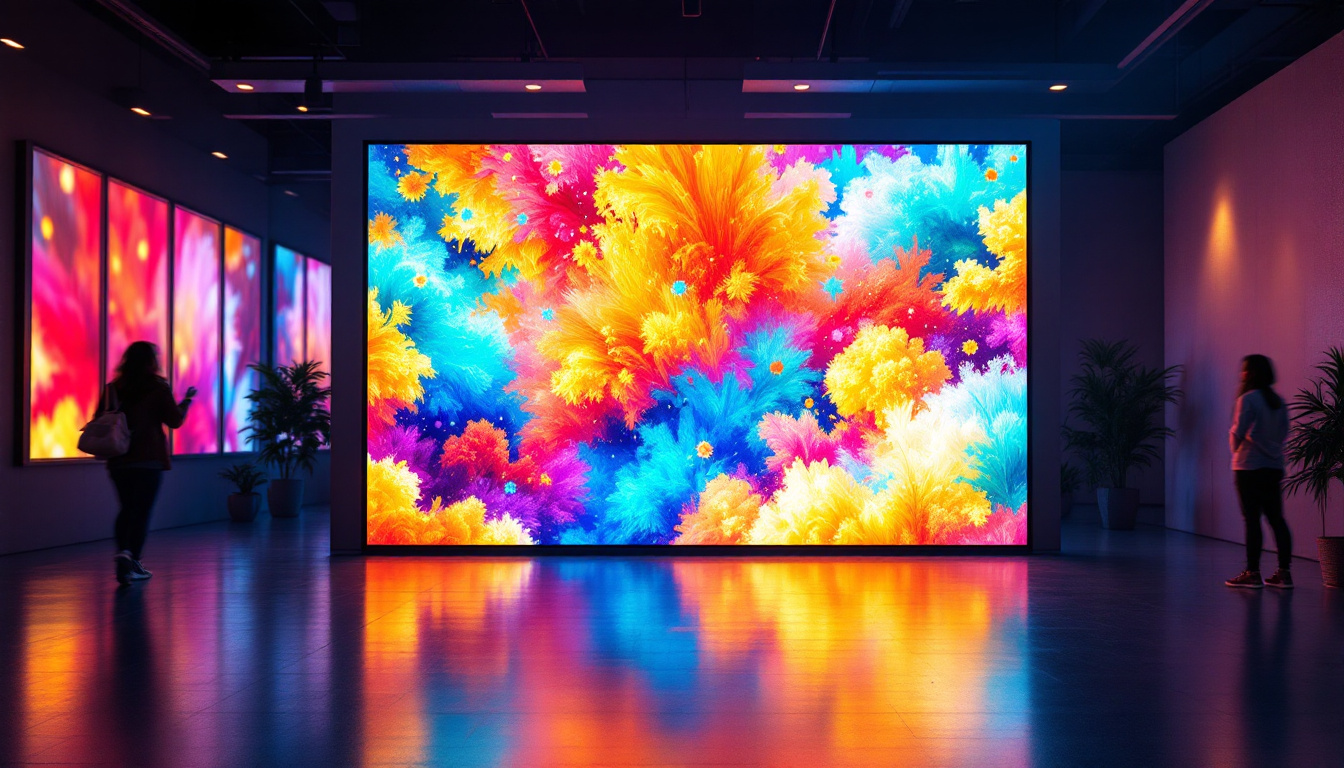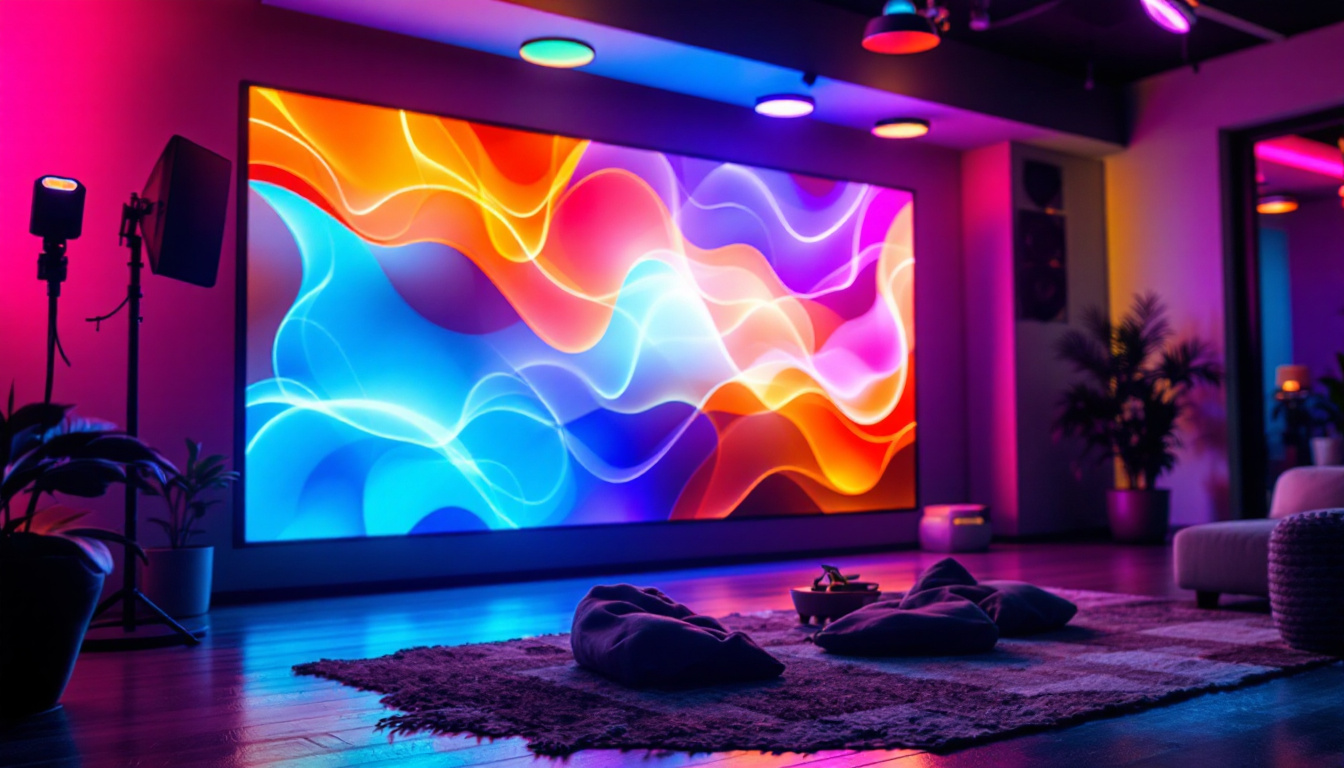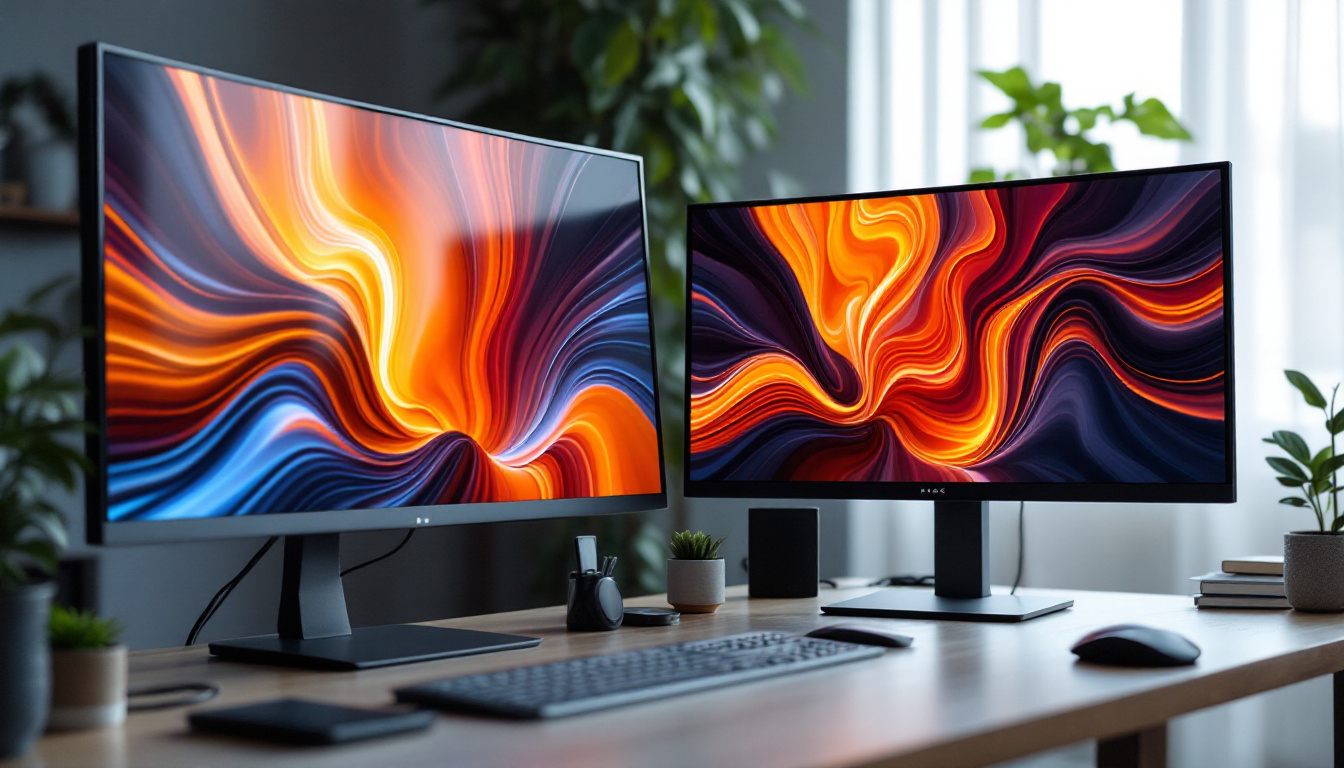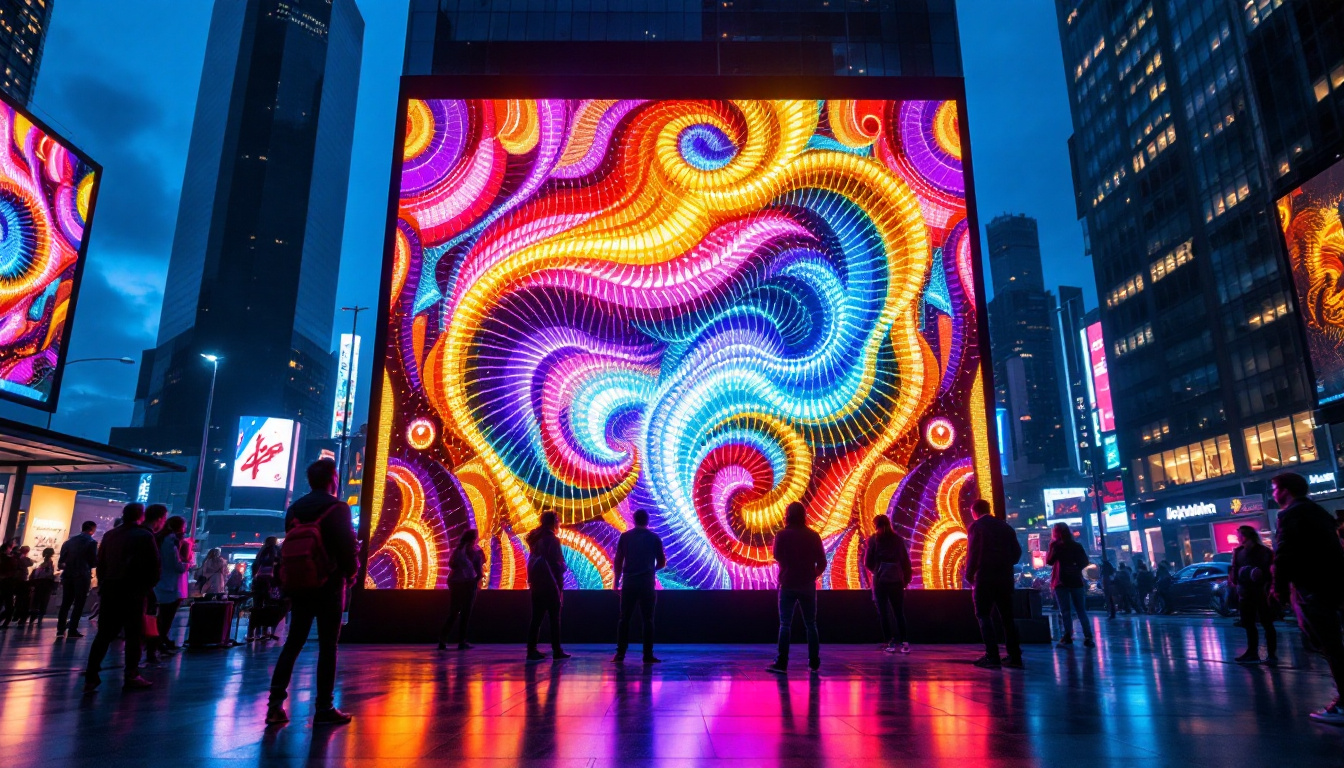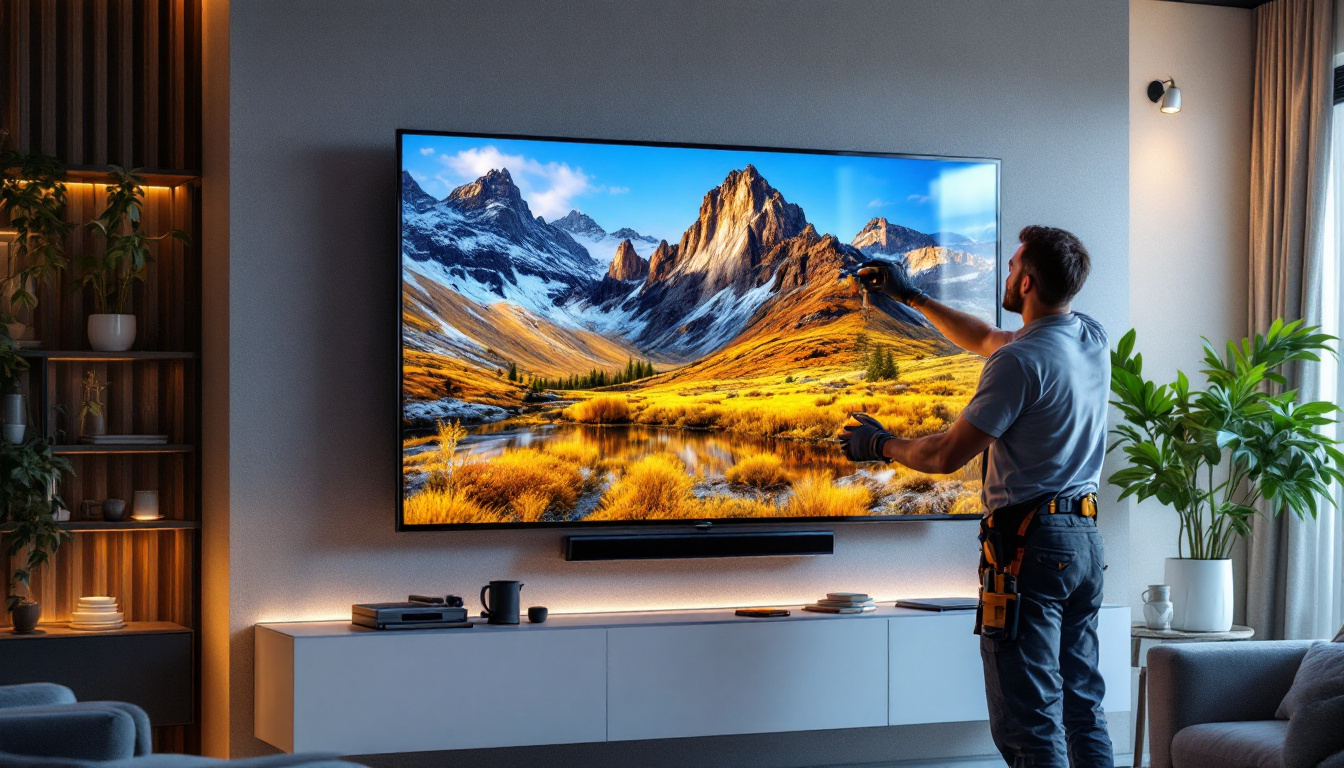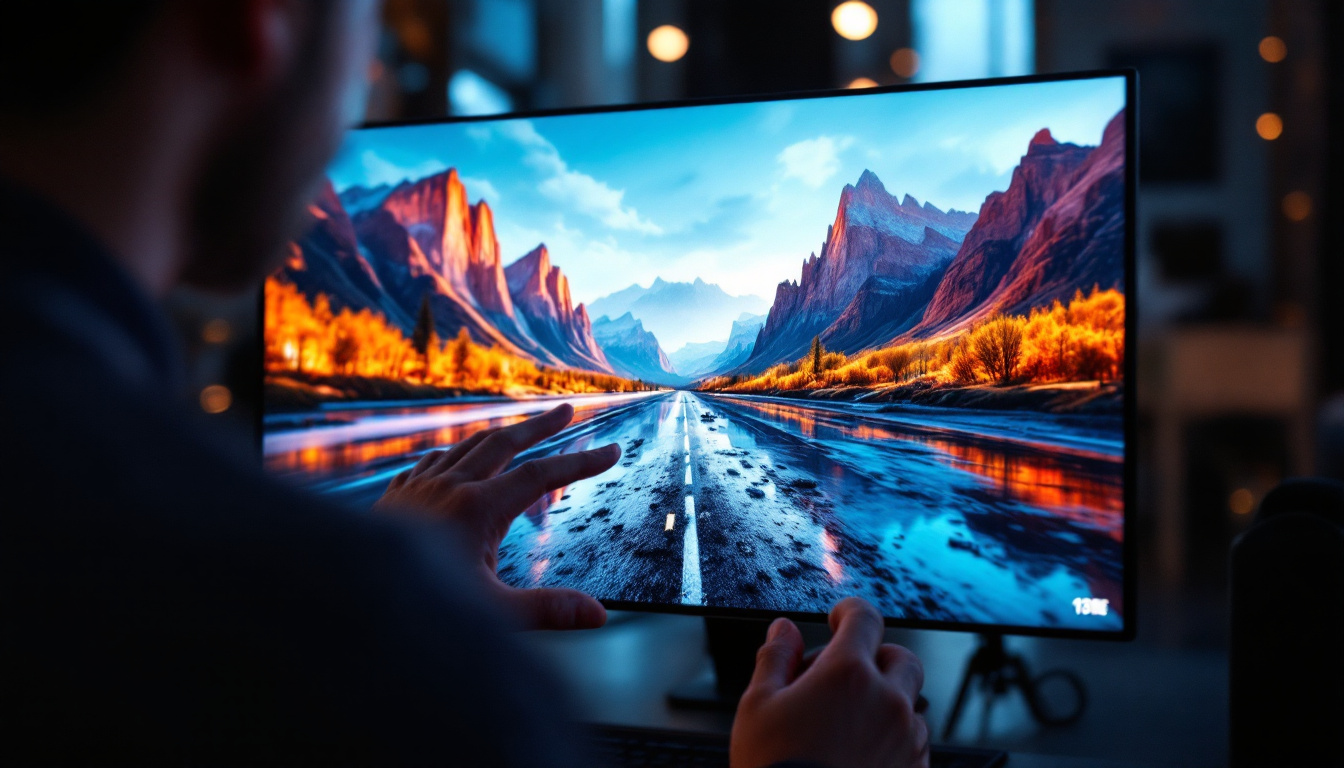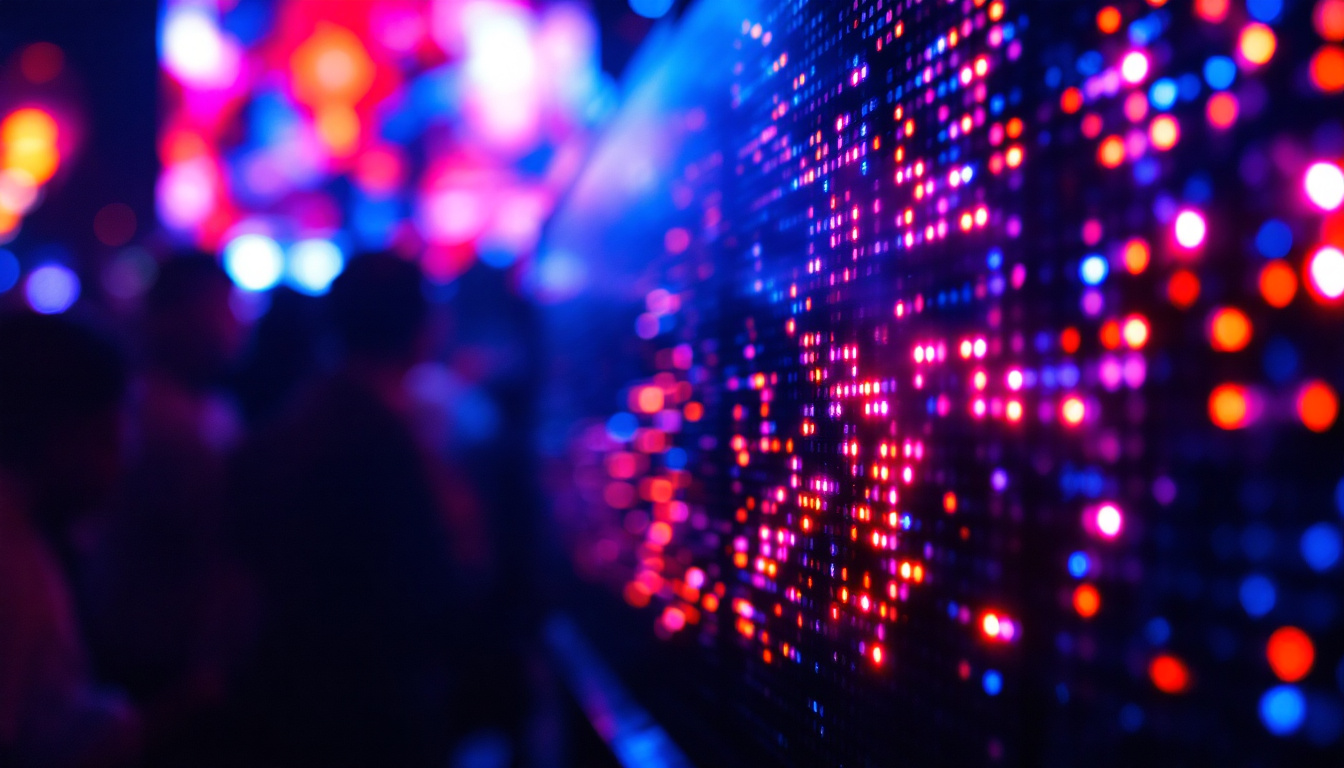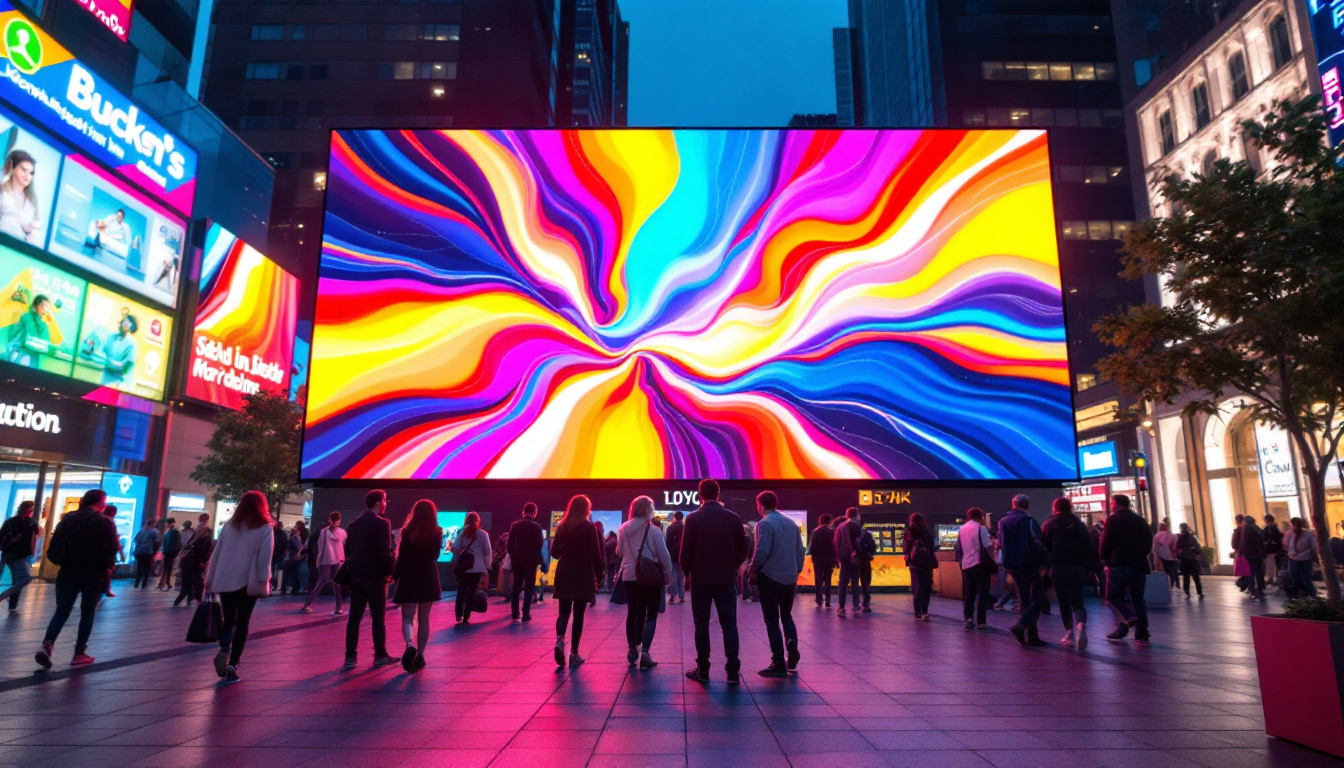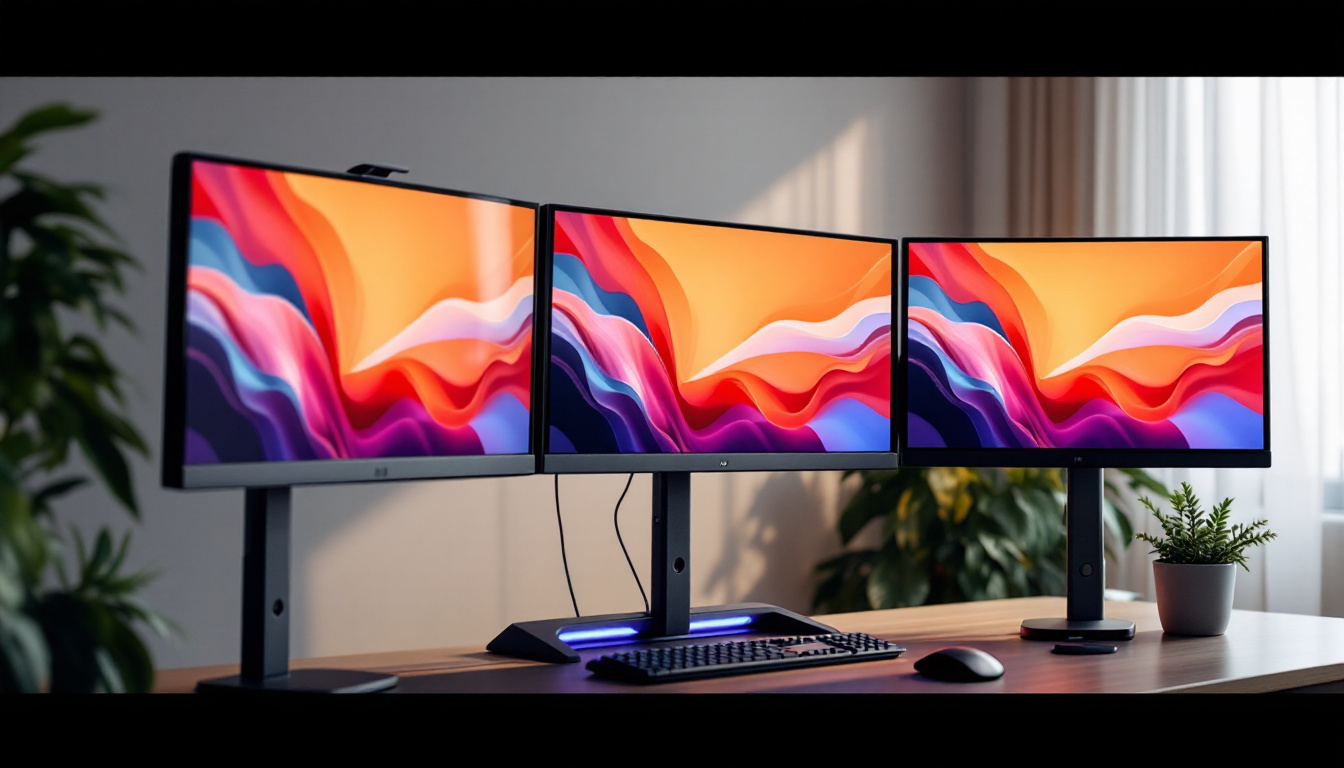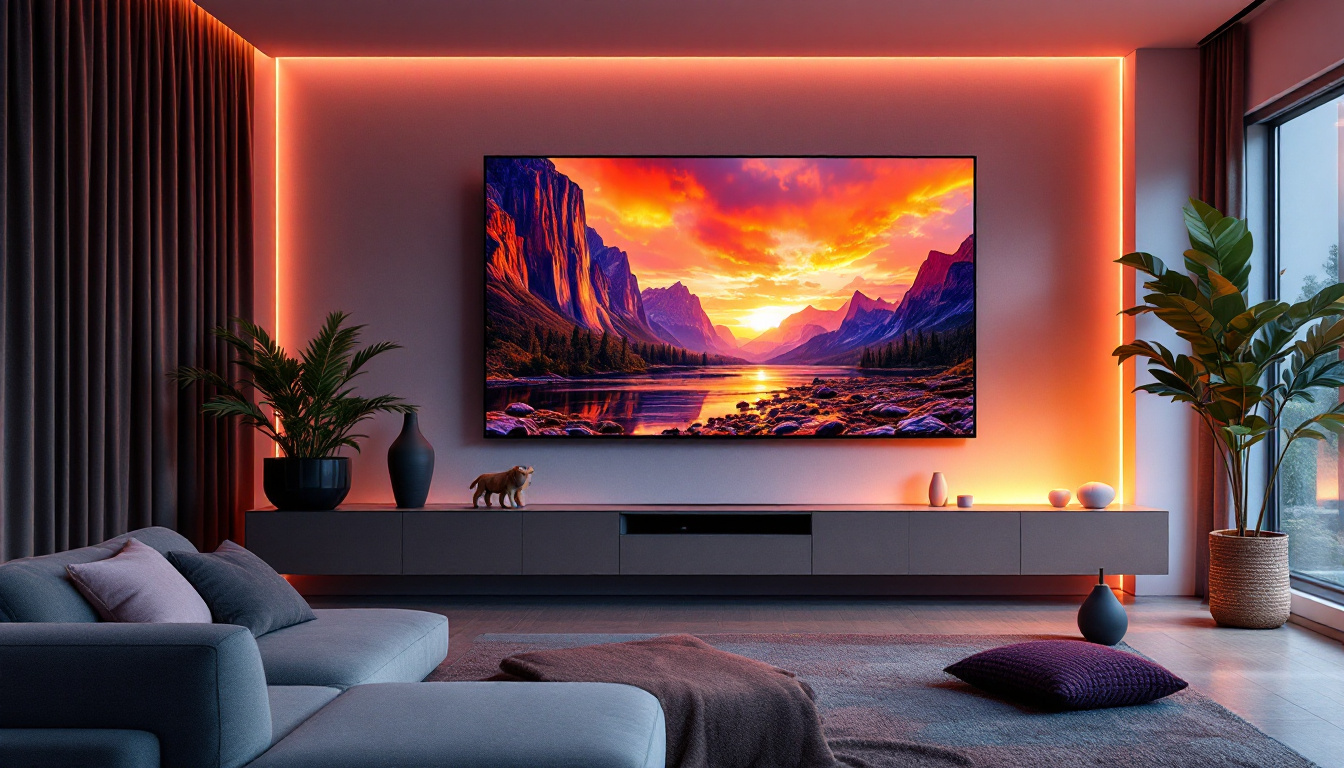In the world of modern technology, LED displays have emerged as a transformative force in visual communication. From advertising billboards to conference room presentations, these displays offer unparalleled clarity, vibrancy, and versatility. This article delves into the intricacies of LED displays, exploring their types, applications, advantages, and future prospects.
Understanding LED Technology
Light Emitting Diodes (LEDs) are semiconductor devices that emit light when an electric current passes through them. This fundamental principle of operation has paved the way for a wide variety of applications, particularly in display technology. The compact size and energy efficiency of LEDs make them ideal for creating vivid screens that can be used in numerous environments. Their ability to produce bright light while consuming minimal power has led to their widespread adoption in both consumer electronics and industrial applications, significantly reducing energy costs and environmental impact.
How LEDs Work
At the core of an LED display are tiny diodes that produce light in various colors. Each pixel on the screen is made up of red, green, and blue (RGB) diodes. By adjusting the intensity of these colors, a full spectrum of colors can be created, allowing for detailed and vibrant images. This RGB combination is crucial for achieving the high-quality visuals that LED displays are known for. Additionally, advancements in technology have introduced features such as dynamic range and color calibration, which further enhance the viewing experience by ensuring that colors remain true to life under various lighting conditions.
The construction of an LED display typically involves multiple layers, including a substrate, a light-emitting layer, and a protective cover. This layered structure not only enhances durability but also improves the overall quality of the display, making it suitable for both indoor and outdoor use. The protective cover is often made from materials like tempered glass or polycarbonate, which can resist impacts and environmental factors such as moisture and UV radiation, ensuring longevity and reliability in diverse settings.
Types of LED Displays
LED displays come in various forms, each designed to meet specific needs and environments. The most common types include:
- Direct View LED Displays: These displays consist of individual LED modules that are directly visible to the viewer. They are often used in large outdoor advertising screens and sports arenas, where their brightness and clarity can be appreciated even in direct sunlight.
- LED Backlit LCD Displays: These displays use LEDs as a backlight for traditional LCD panels. They offer improved brightness and color accuracy compared to older technologies, making them a popular choice for televisions and computer monitors.
- Organic LED (OLED) Displays: Utilizing organic compounds, OLED displays provide superior contrast and color depth. They are commonly found in high-end televisions and smartphones, where their ability to produce true blacks and vibrant colors enhances the viewing experience.
In addition to these types, there are also specialized LED displays such as transparent LED screens, which allow light to pass through while still displaying images, making them ideal for retail environments where visibility is key. Furthermore, flexible LED displays are emerging, enabling curved or bendable screens that can fit unconventional spaces and designs. These innovations highlight the versatility of LED technology and its potential to transform how we interact with visual media in both personal and professional contexts.
Applications of LED Displays
The versatility of LED displays has led to their widespread adoption across various industries. From entertainment to corporate settings, their applications are numerous and diverse.
Advertising and Marketing
One of the most prominent uses of LED displays is in advertising. Billboards and digital signage utilize LED technology to capture the attention of passersby with bright and dynamic visuals. These displays can be programmed to change content in real-time, allowing businesses to promote multiple products or services throughout the day.
Moreover, the ability to create eye-catching animations and videos makes LED displays an effective tool for engaging customers. Retailers often use them to showcase promotions, product launches, or special events, enhancing their marketing strategies significantly. The interactive potential of LED displays also allows for customer engagement through QR codes or touch screens, encouraging consumers to interact with advertisements in a way that traditional media cannot.
Events and Entertainment
In the realm of entertainment, LED displays play a crucial role in concerts, festivals, and sporting events. Large-scale LED screens are used to broadcast live performances, provide real-time statistics, and enhance the overall experience for attendees. The vibrant colors and high resolution of these displays ensure that every detail is visible, regardless of the audience’s distance from the stage.
Furthermore, LED technology has revolutionized stage design. Creative lighting setups using LED panels can transform a simple stage into an immersive environment, captivating audiences and enhancing performances. This technology allows for dynamic backdrops that can shift and change throughout a show, providing a visual narrative that complements the performance. Additionally, LED displays are often integrated into the architecture of venues, creating a seamless blend of art and technology that elevates the overall aesthetic appeal.
Corporate and Educational Use
In corporate settings, LED displays are increasingly used for presentations, meetings, and training sessions. Their clarity and brightness make them suitable for large conference rooms, ensuring that all participants can see the content being presented. Additionally, many organizations use LED screens for internal communications, displaying important announcements or company metrics.
Educational institutions also benefit from LED technology. Classrooms equipped with LED displays can enhance learning experiences by providing interactive and engaging content. Teachers can utilize multimedia resources to illustrate complex concepts, making lessons more impactful and memorable for students. Beyond traditional classrooms, LED displays are also being utilized in auditoriums and lecture halls, where they serve as tools for visual storytelling, enabling educators to present information in a more compelling and accessible manner. The integration of LED technology in educational settings not only supports diverse learning styles but also prepares students for a tech-savvy future, where digital literacy is paramount.
Advantages of LED Displays
The growing popularity of LED displays can be attributed to their numerous advantages over traditional display technologies. Understanding these benefits can help businesses and consumers make informed decisions when selecting display solutions.
Energy Efficiency
One of the standout features of LED displays is their energy efficiency. Compared to older technologies like incandescent or fluorescent lighting, LEDs consume significantly less power. This not only reduces operational costs but also minimizes the environmental impact, making LED displays a sustainable choice for businesses.
Longevity and Durability
LED displays are known for their long lifespan, often lasting tens of thousands of hours before requiring replacement. This durability is particularly advantageous in outdoor settings where displays are exposed to harsh weather conditions. The robust construction of LED panels ensures that they can withstand impacts and vibrations, making them ideal for high-traffic areas.
High-Quality Visuals
LED displays offer superior visual quality, with high brightness levels and excellent color accuracy. This capability allows for clear visibility in various lighting conditions, whether in bright sunlight or dimly lit environments. Additionally, the fast refresh rates of LED technology minimize motion blur, ensuring that fast-moving content is displayed smoothly.
Challenges and Considerations
Despite the numerous advantages, there are challenges associated with LED displays that potential users should consider. Understanding these challenges can help in making informed decisions about their implementation.
Initial Costs
The upfront costs of purchasing and installing LED displays can be significant, particularly for large-scale installations. While the long-term savings on energy and maintenance can offset these initial expenses, businesses must carefully evaluate their budgets and needs before making a commitment.
Technical Complexity
LED displays can be complex to set up and operate, requiring specialized knowledge for installation and maintenance. Organizations may need to invest in training or hire professionals to ensure that their displays function optimally. This technical complexity can be a barrier for smaller businesses or those without dedicated IT support.
Potential for Burn-In
While modern LED displays have largely mitigated the issue of burn-in, where static images can leave a permanent mark on the screen, it remains a consideration for certain applications. Users should be aware of this potential drawback and take steps to avoid static content being displayed for extended periods.
The Future of LED Displays
As technology continues to evolve, the future of LED displays looks promising. Innovations in LED technology are paving the way for even more advanced and versatile applications.
MicroLED Technology
MicroLED technology represents a significant advancement in display technology. By using microscopic LEDs to create individual pixels, MicroLED displays offer enhanced resolution, brightness, and energy efficiency. This technology is expected to revolutionize various sectors, including consumer electronics and large-scale displays.
Integration with Smart Technologies
The integration of LED displays with smart technologies is another exciting development. As the Internet of Things (IoT) continues to expand, LED displays can be connected to networks, allowing for real-time content updates and remote management. This capability enhances the versatility of displays in advertising, corporate communications, and event management.
Flexible and Transparent Displays
Future innovations may also lead to the development of flexible and transparent LED displays. These displays can be integrated into various surfaces, such as windows or walls, creating new possibilities for advertising and design. The ability to display information without obstructing views will open up new avenues for creativity and functionality.
Conclusion
LED displays have transformed the way information is presented and consumed across various industries. Their energy efficiency, durability, and high-quality visuals make them an attractive option for businesses and organizations looking to enhance their communication strategies. While there are challenges to consider, the benefits often outweigh the drawbacks, particularly with ongoing advancements in technology.
As the landscape of display technology continues to evolve, staying informed about the latest trends and innovations will be crucial for leveraging the full potential of LED displays. Whether in advertising, entertainment, corporate settings, or education, LED technology is set to play a pivotal role in shaping the future of visual communication.
Discover LumenMatrix LED Display Solutions
Ready to elevate your visual communication with the latest in LED display technology? Look no further than LumenMatrix, a pioneer in crafting immersive LED display modules tailored to your unique needs. From vibrant Indoor and Outdoor LED Wall Displays to dynamic Vehicle and Sports LED Displays, LumenMatrix offers a comprehensive range of solutions including LED Poster Displays, Floor LED Displays, Custom LED Displays, All-in-One LED Displays, and LED Transparent Displays. Embrace the future of digital signage with LumenMatrix and transform your space into a captivating visual experience. Check out LumenMatrix LED Display Solutions today and start sharing your message with unparalleled impact and clarity.


